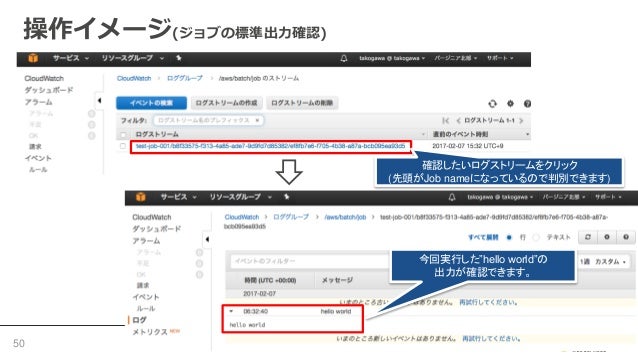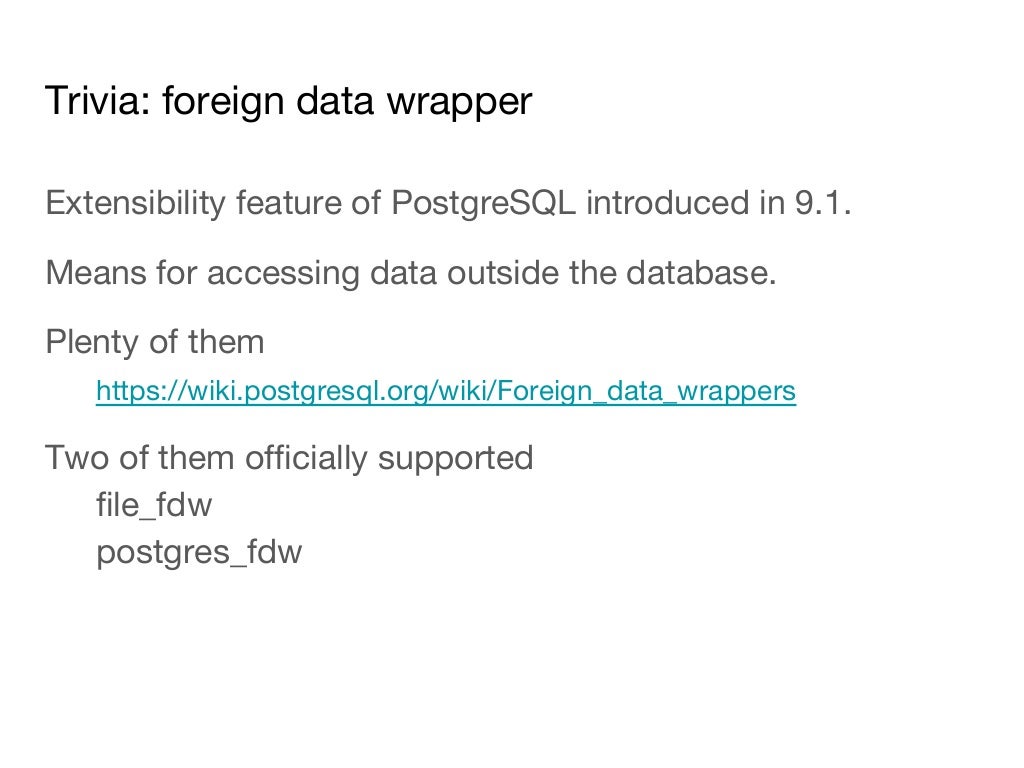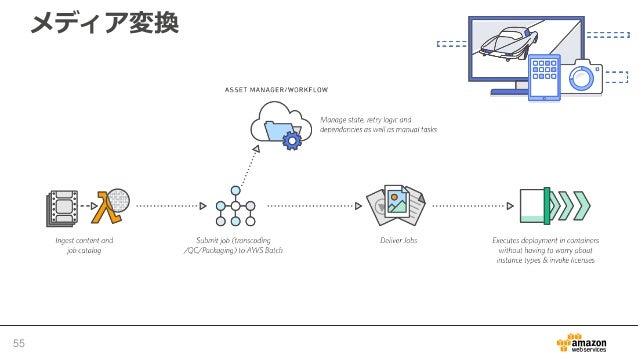
- #Aws postgresql 9.6 end of life how to
- #Aws postgresql 9.6 end of life install
- #Aws postgresql 9.6 end of life upgrade
- #Aws postgresql 9.6 end of life password
Once you've run the migration, there are still a few things you need to do before your destination instance is production-ready. Promoting your destination instance and finishing touches

All the while, you can keep serving traffic to your source database until you're ready to promote your upgraded destination instance. You can periodically check to see whether all of your data has synced by following the steps linked here. It might take some time until the two instances are completely synced. Once your test is successful, you're ready to upgrade! Once you start the migration job, data stored in the two instances will begin to sync. The latter will be auto-populated if your source is a Cloud SQL instance:Īfter selecting your source and destination, you choose a connectivity method (see this very detailed post by Gabe Weiss for a deep-dive on connectivity methods) and then run a test to make sure your source can connect to your destination.
#Aws postgresql 9.6 end of life password
When defining a source, you'll need to create a connection profile by providing the username and password of the migration user that you granted privileges to earlier, as well as the IP address for the source instance. The first steps for creating a migration job in DMS are to define a source and destination. When creating the migration job, you will enter the username and password for this user when creating a connection profile.
#Aws postgresql 9.6 end of life how to
Instructions on how to do this can be found here. Next, you'll need to grant privileges on the to-be-migrated databases to the user that you'll be using to connect to the source instance during migration. If you are using a source other than Cloud SQL, you can check here to see what source databases need to be excluded.If you're running Postgres 9.6 or later on your source instance, run CREATE EXTENSION IF NOT EXISTS pglogical on each database in the source instance that will be migrated.
#Aws postgresql 9.6 end of life install
Once you have enabled the pglogical flags on the instance, you will need to install the extension on each of your source databases that is not one of the following template databases: template0 and template1. on Compute Engine), an on-premises instance, or an Amazon RDS/Aurora instance, this process is a little more involved. If your source is a self-managed instance (i.e. This post will focus on using a Cloud SQL instance as the source, but you can find instructions for RDS instances here, and for on-prem/self-managed instances here. Once you have set these flags, restart your instance for them to take effect. If your source is a Cloud SQL instance, this step is as easy as setting the cloudsql.logical_decoding and cloudsql.enable_pglogical flags to on. DMS relies on pglogical to transfer data between your source and target instances. Next, install the pglogical package on your source instance. This database may already exist if your source is a Cloud SQL instance. A more detailed overview of these steps can be found in this guide.įirst, you must create a database named "postgres" on the source instance. There are a few steps we'll need to take before our source database engine is ready for a DMS migration. You can find these changes by looking at the Release Notes for each version after your current version, up to your target version.įor example, before you begin upgrading a Postgres 9.6 instance, you’ll need to first address the incompatibilities in version 10, including renaming any SQL functions, tools, and options that reference “xlog” to “wal”, removing the ability to store unencrypted passwords on the server, and removing support for floating point timestamps and intervals.


Especially if your goal is to bump up multiple versions at once (for example, upgrading from version 9.6 to version 13) you'll need to account for all of the changes between those versions.

Addressing version incompatibilitiesįirst, before upgrading, we'll want to look at the breaking changes between major versions.
#Aws postgresql 9.6 end of life upgrade
Finally, you might be looking to migrate to Google Cloud SQL, and thinking that you might as well upgrade to the latest major version at the same time. Otherwise, you might want to take advantage of the latest Postgres 13 features, like incremental sorting and parallelized vacuuming for indexes. You're probably here because Postgres 9.6 will soon reach end of life. If you're looking to upgrade a MySQL instance, check out Gabe Weiss's post on the topic. DMS also supports MySQL migrations and upgrades, but this blog post will focus on Postgres.


 0 kommentar(er)
0 kommentar(er)
